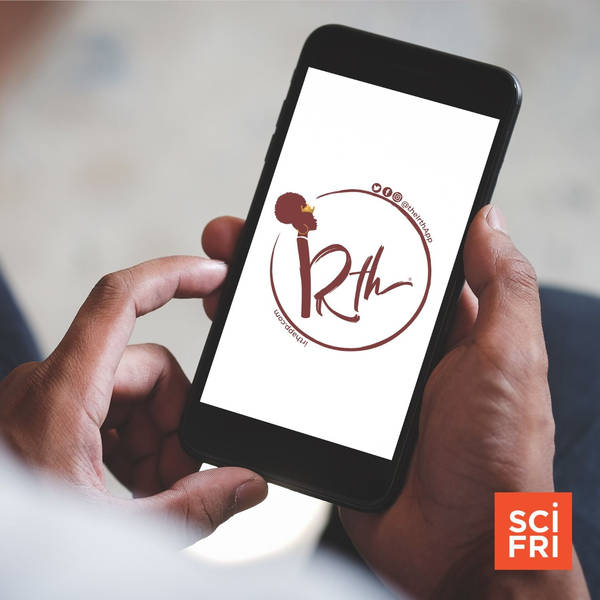
An App For People Of Color To Rate Their Birthing Experiences | How Different Animals See
Irth is a “Yelp-like” app to help expectant parents make informed decisions by exposing bias and racism in healthcare systems. Also, a new video camera system shows the colors of the natural world as different animals see them.
An App For People Of Color To Rate Their Birthing ExperiencesFor some patients, finding a good doctor can be as simple as looking up a doctor’s degrees and accolades. But for people who are more likely to experience discrimination in a medical setting—perhaps due to their gender, disability, sexual orientation or race—credentials only tell half the story. So how do you know where to go? And who to trust?
One app aims to help Black and brown parents-to-be make informed decisions about where they choose to give birth. Black people who give birth in the United States are far more likely than their white counterparts to experience mistreatment in hospitals, develop complications, or die due to childbirth.
Irth allows parents to leave reviews about how their birthing experience went, like: Did doctors and nurses listen to them? Was their pain taken seriously? Did they develop complications that could’ve been prevented?
Guest host Arielle Duhaime-Ross talks with Kimberly Seals Allers—journalist, activist, and founder of Irth—about why she founded the app and how it can help people.
You can learn more about Irth and download the app on their website.
Are Roses Red, And Violets Blue? Depends On Your SpeciesOver the millenia, animal eyes have evolved along different paths, adding or subtracting capabilities as they adapt to specific niches in the world. The result of all that evolution is that a bee, bird, or bull doesn’t see the world the same way you do. There are differences in the spatial resolution different animals can see, in the speed of their visual response, in the depth of focus, and in the way they process color.
Dogs, for instance, can’t really see red—their vision is best at seeing things that are blue or yellow. Birds and bees can see into the ultraviolet part of the spectrum, making a flower look quite different from the way humans perceive it.
This week, researchers published details of a video camera system that tries to help make sense of the way different animals view color. By combining different cameras, various filters, and a good dose of computer processing, they can simulate what a given video clip might look like to a specific animal species. It’s work that’s of interest to both biologists and filmmakers. Dr. Daniel Hanley, one of the researchers on the project and an assistant professor of biology at George Mason University, joins guest host Arielle Duhaime-Ross to describe the system and its capabilities.
Transcripts for each segment will be available the week after the show airs on sciencefriday.com.
Subscribe to this podcast. Plus, to stay updated on all things science, sign up for Science Friday's newsletters.
